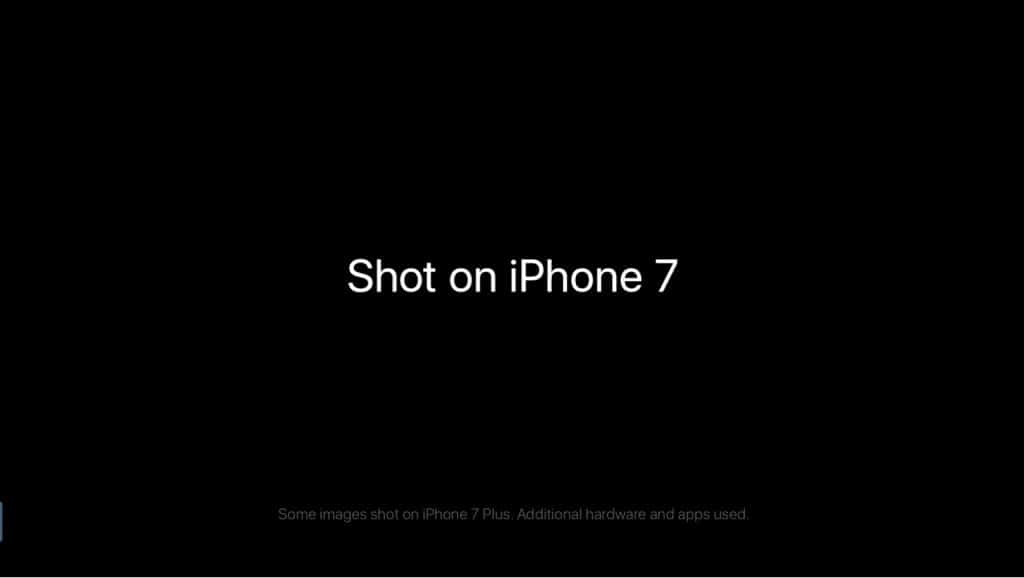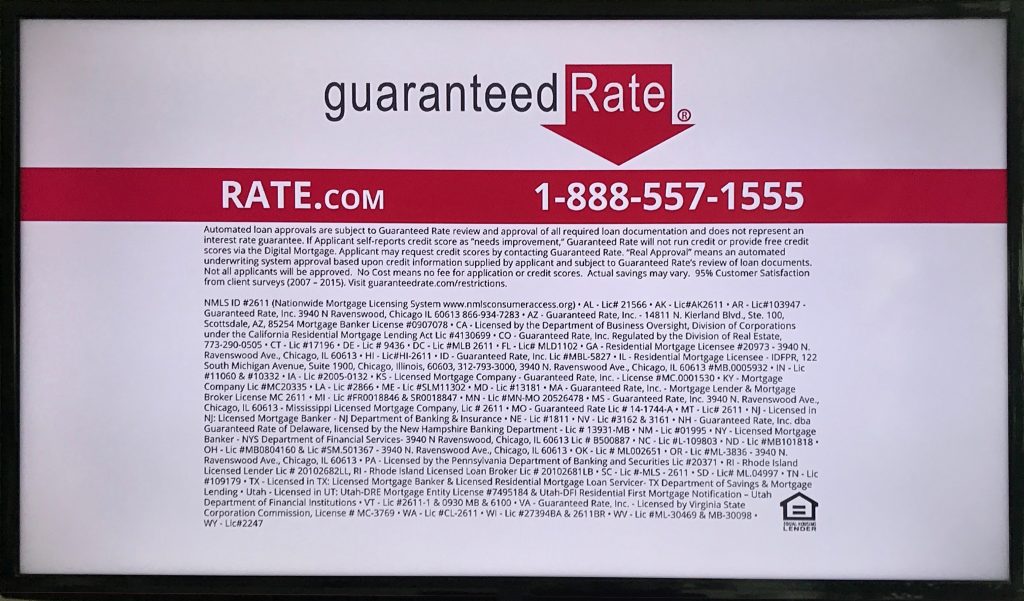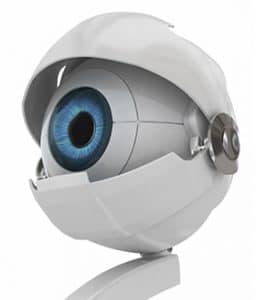The wacky world of legal disclaimers
Seriously — an article about legal type in advertising?
Granted, the topic may seem a bit dry. But hang with me. Those microscopic lines of text often have their own sordid backstory, filled with intrigue, deception and blatant bending of the rules.
Even Apple gets into the act.
So, where to begin? Exhibit A, above, is taken from a Rate.com commercial now running incessantly on CNN.
We can all agree it contains a boatload of legal type, and that no earthly being will ever read more than a few words of it.
This may be within the rules, but clearly it is far outside the bounds of common sense.
Which leads one to ask: what are the rules anyway? Hard to say, but every TV network does have a screening process to ensure that ads meet their standards for ethics and accuracy.
Personally, I think common sense makes an excellent standard. To be fair to marketers and consumers, legal disclaimers should pass three tests.
1. Legibility
2. Honesty
3. Brevity
Rate.com grossly and obscenely violates two out of three. (Kudos for the honesty!)
Of course, Rate.com is a third-tier, cable-only advertiser. How do big-time mainstream national advertisers treat their legal lines?
Apple has always been a solid citizen in this area. Straightforward. To the point. Though few will remember, there was a time when those lines even displayed some wit.
But if you believe that legal lines keep advertisers honest, Apple’s latest efforts are more dubious.
Take a look at the current One Night commercial, which sells the awesome gorgeousness of photos shot on iPhone.
How’d you like that legal line at the end?
Oh, didn’t notice it? Join the club. Here’s a screen shot to help you out.

In case you still can’t see it, the line at the bottom is:
Some images shot on iPhone 7 Plus. Additional hardware and apps used.
Apple easily passes the brevity test, but ugh, it fails miserably in both legibility and honesty.
One simple question should guide the way we evaluate every aspect of an ad: What will the Typical Customer think?
Since the legal line is basically invisible, Mr./Ms. Typical would see only a series of gorgeous shots followed by the words “Shot on iPhone 7.” It would make perfect sense to then buy an iPhone 7.
Not an iPhone 7 Plus. Not with additional hardware. Not with additional software.
Now, technically, the iPhone 7 Plus is a member of the iPhone 7 “family.” (A family of two.) But the fact remains: if you can’t see the disclaimer, the information in the ad is dangerously incomplete.
It’s no secret why things like this happen. Creative people in advertising have long played a cat-and-mouse game with clients, lawyers and TV network watchdogs when it comes to incorporating legal disclaimers. Understandably, they push to make things pure and simple.
With the statue of limitations passed, I admit that I have been guilty of this crime.
But the problem lies less with miscreants such as myself and more with the guidelines for legal disclaimers. This is a world that is historically devoid of common sense.
And I haven’t even mentioned radio ads. How many spots have you heard in which the legal line at the end is spoken at the speed of light or electronically sped up? What’s important to these advertisers is that the words are present, not that they can be understood.
I don’t expect this article to incite a Legal Type Rebellion. I’d be overjoyed with a little more thought and consideration.
While we’re at it, could we please embrace this newfangled thing called “the internet”? Since everyone has access, why not replace excessive legal type with a simple line like, “Full information at companysite.com”?
With just a bit of common sense, the world will absolutely, positively be a better place.*


Wow. Love how you tied that up by presenting a solution to the problem you’re discussing. A BRILLIANT solution at that.